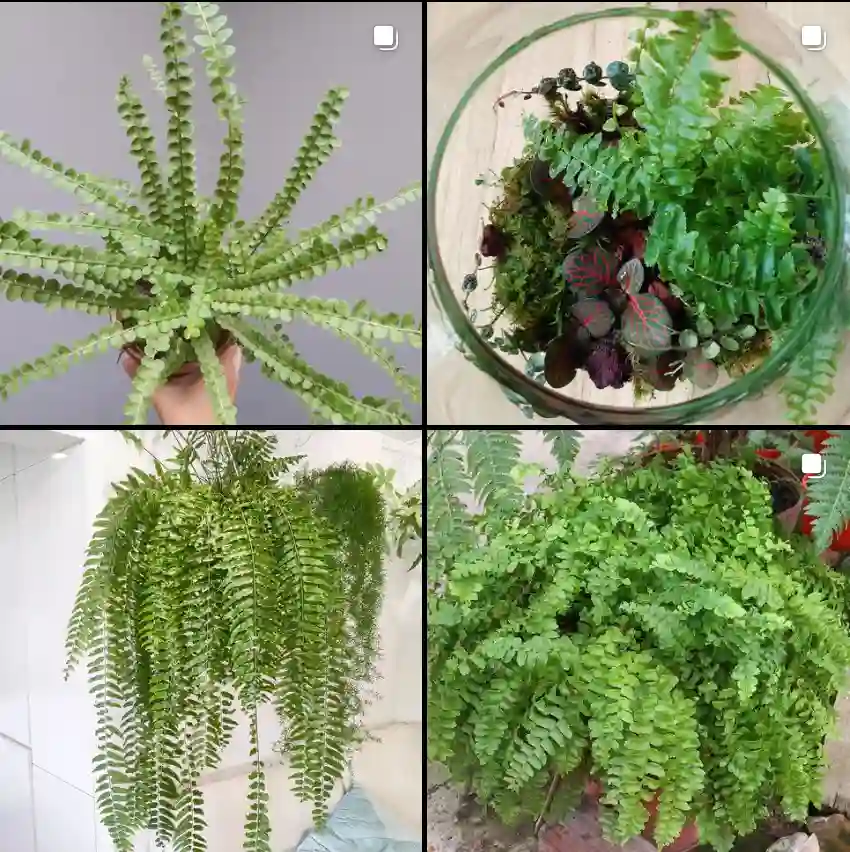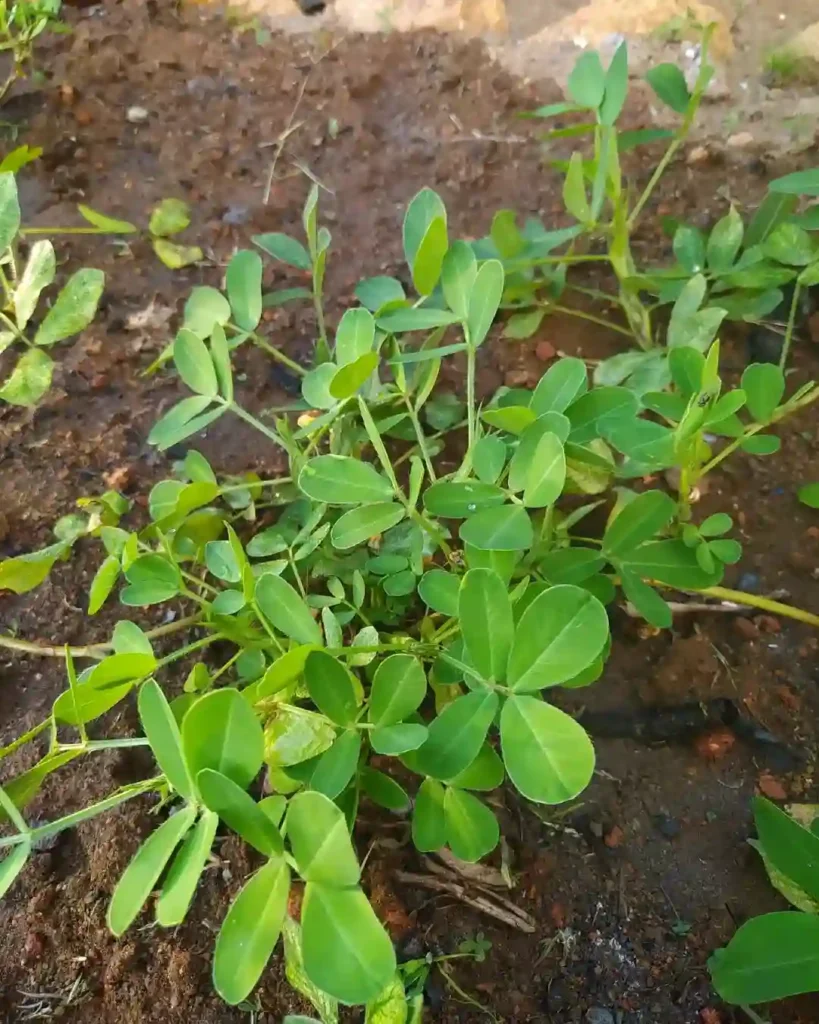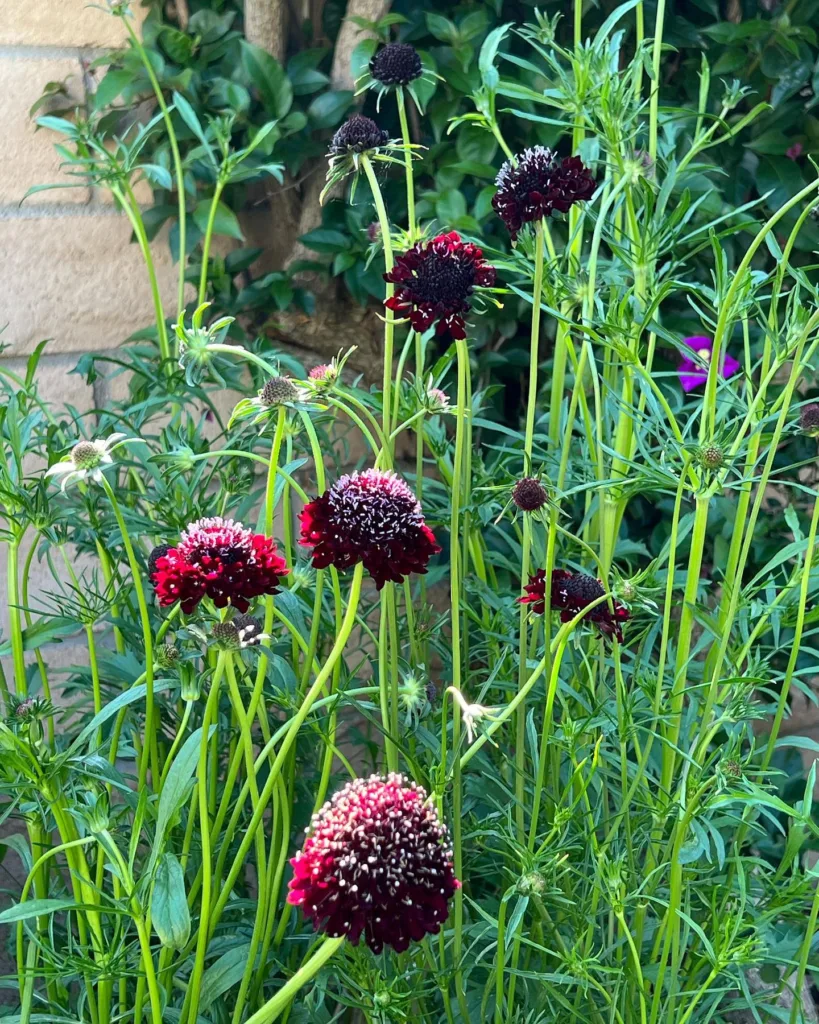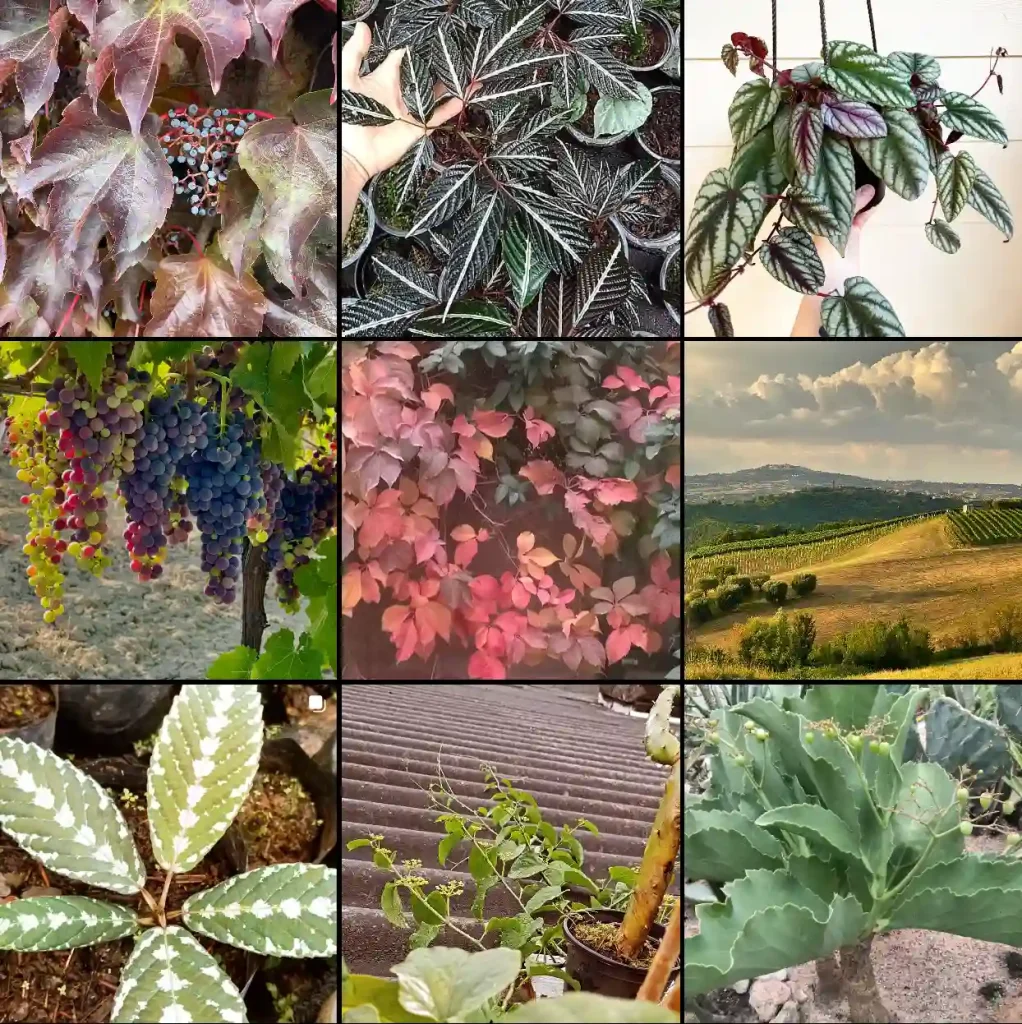FAQs About Penstemon Blackbeard
As a garden enthusiast, I’ve come across many plants that stand out for their beauty and resilience, and one that has captured my attention is Penstemon Blackbeard. This striking plant is not only visually appealing with its dark foliage and vibrant flowers, but it’s also easy to care for, making it a favorite in my garden. Below are some frequently asked questions about Penstemon Blackbeard, based on my personal experiences.
288 Species in Genus Penstemon
What Is Penstemon Blackbeard?
Penstemon Blackbeard is a perennial plant known for its deep purple foliage and tubular flowers that range from lavender to violet. It typically grows to about 2-3 feet tall and wide. The plant’s unique appearance adds a dramatic flair to any garden, especially when paired with contrasting greenery or lighter-colored flowers. It blooms in late spring to early summer and attracts a wide variety of pollinators, including bees and hummingbirds.
How to Care for Penstemon Blackbeard?
Caring for Penstemon Blackbeard is relatively easy. I’ve found that it thrives best in full sun, although it can tolerate partial shade. Here are some of the key aspects of care:
- Soil: Penstemon Blackbeard prefers well-drained soil. In my experience, it doesn’t do well in waterlogged areas, so I always make sure to plant it in soil that drains well. Sandy or loamy soils work best.
- Watering: While this plant is drought-tolerant once established, I usually water it regularly during its first growing season to help it develop a strong root system. After that, occasional watering is enough.
- Fertilizer: I don’t fertilize my Penstemon Blackbeard often. If you choose to, a light application of a balanced fertilizer in early spring can give it a boost.
- Pruning: After the blooming season, I usually trim the spent flowers to encourage new growth and keep the plant looking tidy.
How to Propagate Penstemon Blackbeard?
Propagating Penstemon Blackbeard can be done through seeds or cuttings. Personally, I’ve had success with both methods:
- Seeds: Collecting seeds from the dried seed pods after flowering is straightforward. I sow them indoors in late winter and transplant them outdoors in spring.
- Cuttings: For a quicker method, I’ve taken softwood cuttings in late spring. I dip the cut end in rooting hormone and plant it in a well-draining medium. With consistent moisture, new roots will develop in a few weeks.
What to Plant with Penstemon Blackbeard?
Penstemon Blackbeard pairs beautifully with other perennials in my garden. I like to plant it alongside lighter-colored flowers like Shasta Daisies or Coreopsis to create contrast. It also looks great with ornamental grasses like Fountain Grass, which adds a soft texture against its bold leaves. Echinacea and Salvia are also excellent companions since they bloom around the same time and attract similar pollinators.
How to Use Penstemon Blackbeard in the Garden?
I’ve found Penstemon Blackbeard to be quite versatile in the garden. Here are a few ways I use it:
- Borders: Its upright form makes it ideal for garden borders. I love how it adds height and structure to the front of my garden beds.
- Containers: Penstemon Blackbeard also works well in large containers. I often plant it in pots on my patio, where its dark foliage and vibrant flowers create a striking visual.
- Pollinator Gardens: If you’re looking to attract bees, hummingbirds, and butterflies, Penstemon Blackbeard is an excellent choice. Its flowers are rich in nectar, making it a favorite among pollinators.
Is Penstemon Blackbeard Toxic?
One of the great things about Penstemon Blackbeard is that it’s non-toxic to both humans and pets. As a pet owner, this gives me peace of mind knowing that my dogs and cats are safe around it. It’s also a safe choice for gardens where children might be playing.
How to Deal with Pests and Diseases?
In my experience, Penstemon Blackbeard is relatively pest-free. However, like many plants, it can sometimes be affected by aphids or slugs. I usually deal with aphids by spraying the plant with a strong jet of water or applying insecticidal soap. As for slugs, I’ve found that using organic slug bait or simply hand-picking them off the plant works well.
Diseases are rare, but ensuring proper spacing and avoiding overwatering helps prevent issues like root rot or powdery mildew.
Does Penstemon Blackbeard Need Winter Protection?
Penstemon Blackbeard is hardy in USDA zones 3 to 8, so it can handle cold winters without much protection. In my area, where winters can be harsh, I mulch around the base of the plant in late fall to protect the roots from freezing. This has helped my plants come back strong every spring.
Final Thoughts
Penstemon Blackbeard is a standout in my garden, offering both beauty and ease of care. Whether you’re looking to add some bold color to your borders or attract pollinators, this plant is a fantastic choice. With its deep purple leaves and striking flowers, Penstemon Blackbeard adds a touch of drama that keeps my garden looking vibrant all season long.
If i die, water my plants!



